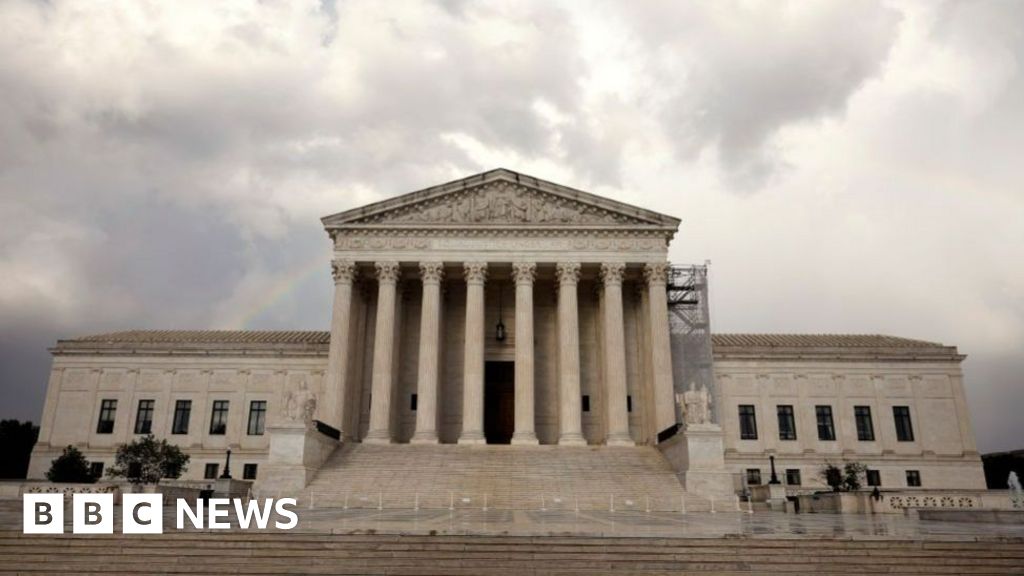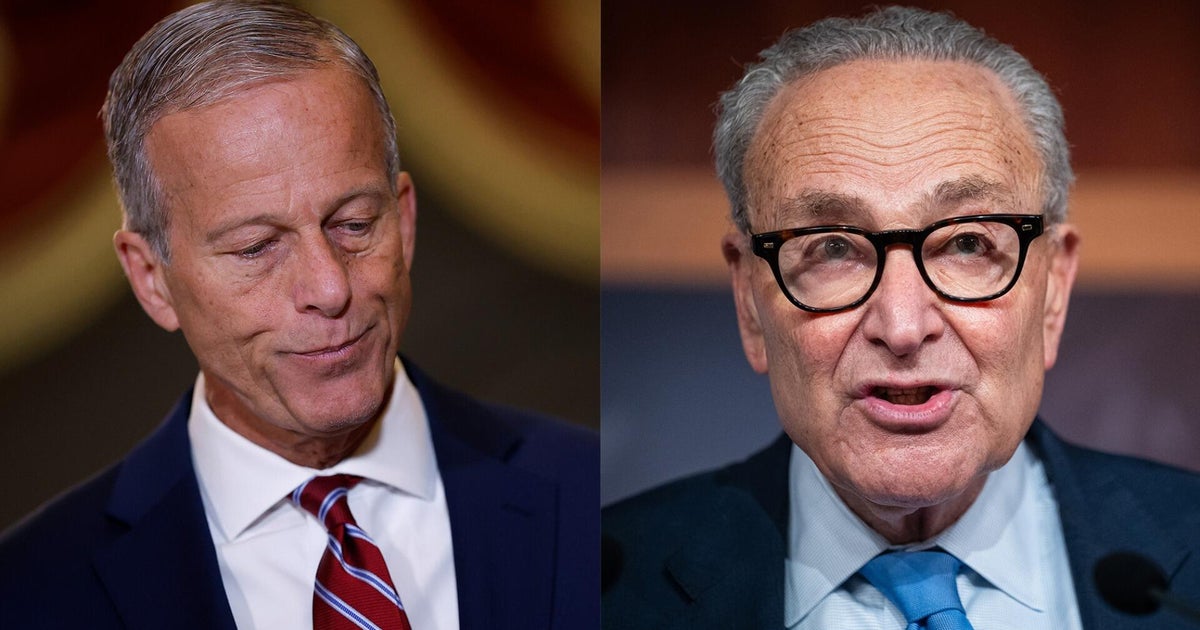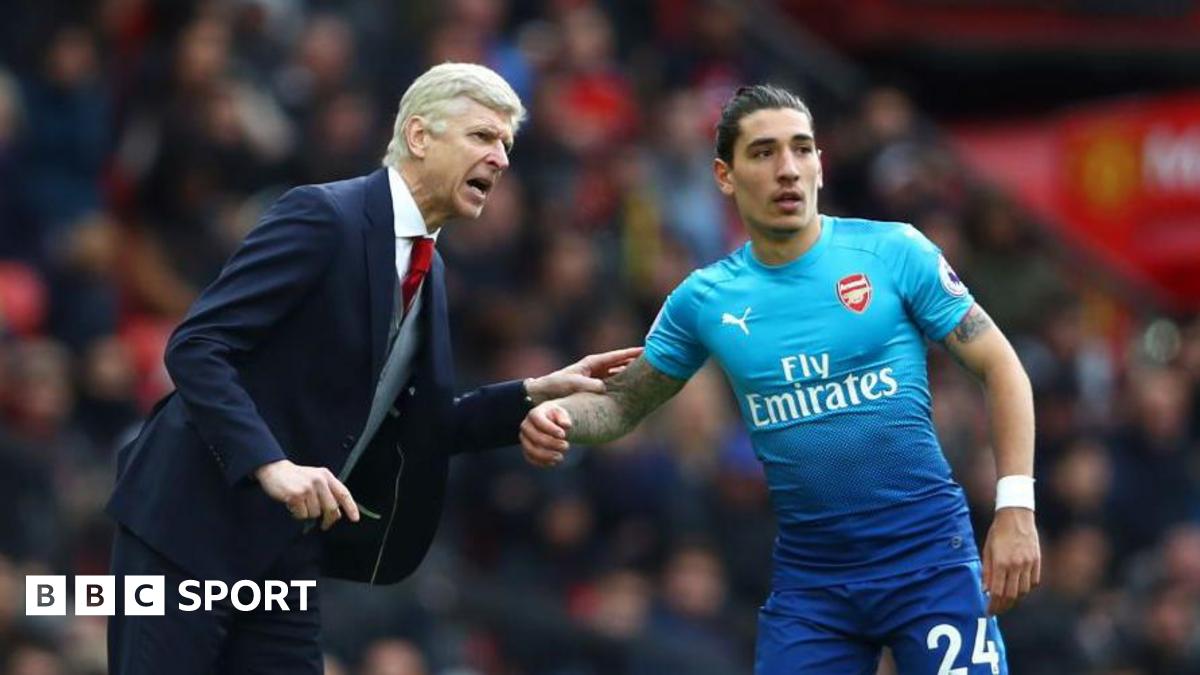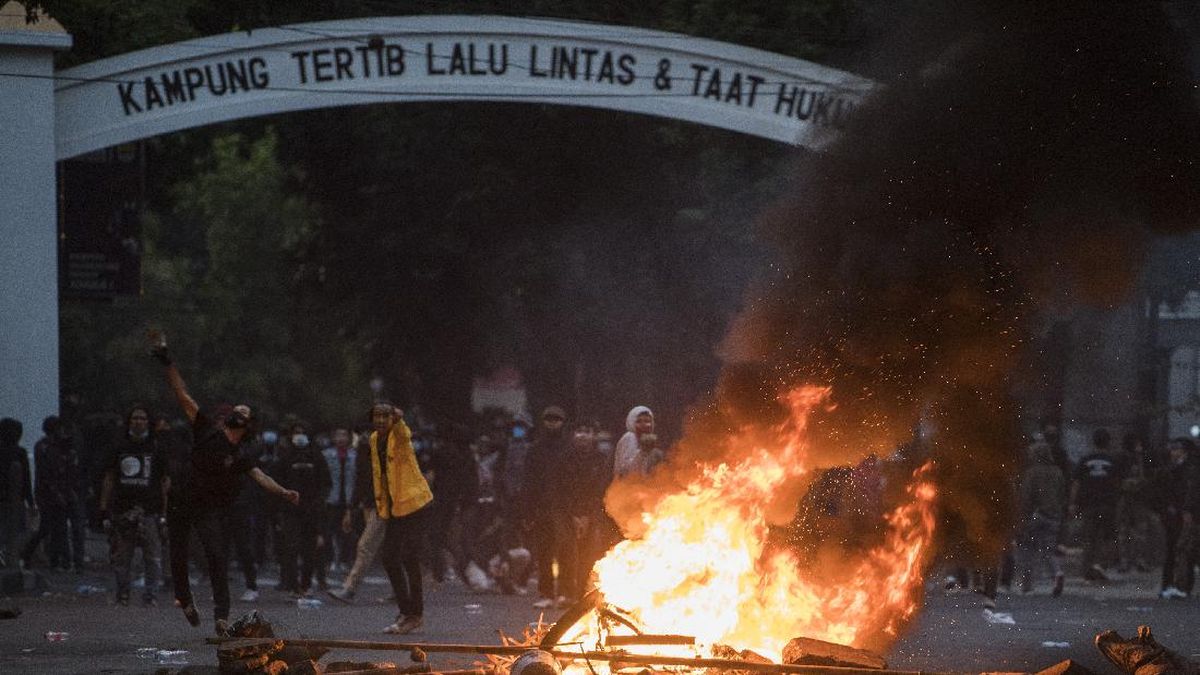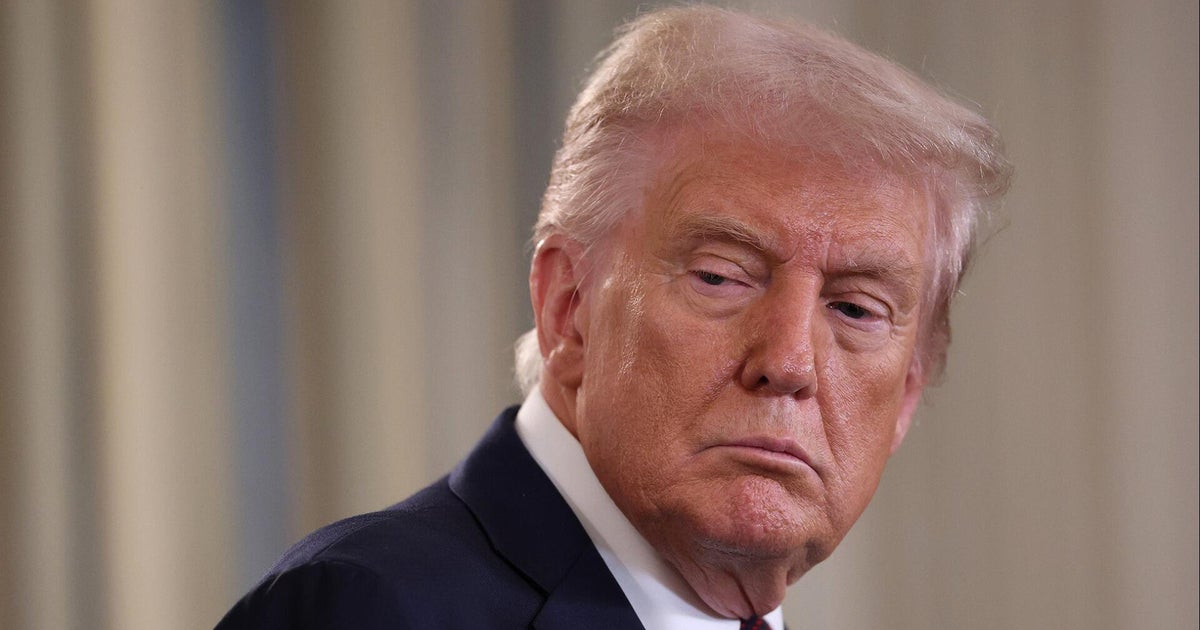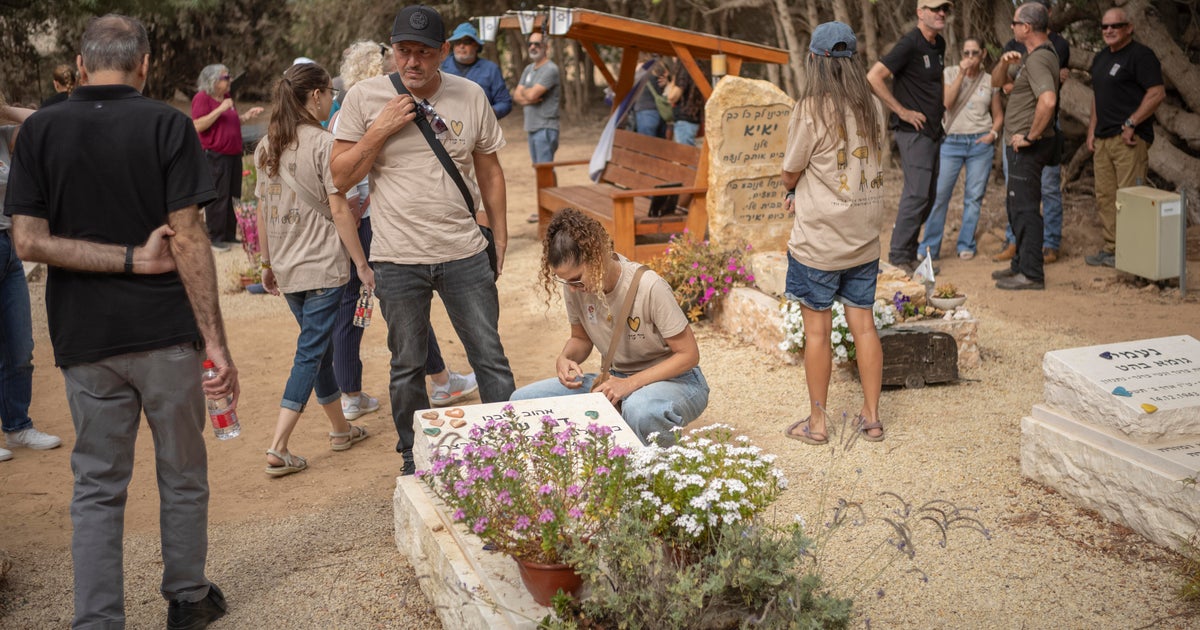There were serious tensions between the Liberals’ main players in the lead-up to the federal election in May. Andrew Hastie’s relationship with Peter Dutton had been on life support for more than 18 months. Hastie thought he was being hemmed in and cut out of policy formulation. Dutton thought he was lazy.
Dutton also thought then-shadow treasurer Angus Taylor was a terrible retail politician who produced policies that could not be sold or explained to the public. Taylor thought Dutton had persuaded himself, mistakenly as it turned out, that he had a “golden touch” with suburban voters.

Andrew Hastie and then-opposition leader Peter Dutton at Parliament House in Canberra.Credit: Alex Ellinghausen
Hastie, then-shadow defence minister, was largely absent during the election campaign – an absence seized on by Anthony Albanese to argue that the opposition was not ready for government. Hastie had been ill for a few weeks after contracting shingles, but there were other reasons why he was hunkered down in his Western Australia electorate of Canning, which he went on to hold with a 5.4 per cent two-party-preferred swing to him after he ran his own campaign his way.
The first that Hastie knew about his defence policy during the campaign – other than a comment in passing from Dutton after the budget that they would be spending more on defence – was around 10 days before the election, just before the start of pre-polling. He got a call from Dutton’s chief of staff, Alex Dalgleish, to tell him what the level of spending would be as a percentage of GDP. It would rise by $21 billion to 2.5 per cent within five years, then lift to 3 per cent in 10 years.
There was a quick and dirty conference call with the leadership group to sign off on the policy, then it was dropped to selected media outlets on April 22 before its wider release in Perth on April 23. Despite Dutton’s office asserting that he was involved, Hastie insists he was not consulted on the formulation of the defence spend as a percentage of GDP – he was simply “told” what it would be.
Loading
Hastie maintains that his office did the funding modelling for Dutton’s office but was “never” involved in the shadow Expenditure Review Committee discussion about the spend announced during the campaign.
At the announcement, it was impossible for either Dutton or Hastie to say exactly what the extra money would be spent on because it was essentially another headline without a body, without substance, which Hastie had no part in formulating.
When asked where the money would come from, Dutton pointed to his decision to reverse Labor’s income-tax cut, saving $17 billion over five years.
In fact, a chunk of that money had already been allocated to the promised temporary fuel rebate, and the rest to the mortgage tax-deductibility scheme and the one-off tax offset of up to $1200 for middle-income earners announced at the official campaign launch on April 13.
Hastie was not surprised when would-be supporters turned on them for not providing any detail. Hastie and other shadow ministers suspected work was being done in parallel inside the leader’s office and outsourced to think tanks and stakeholders without their knowledge.
This fits with a directive that staff assert was given to Dutton’s policy advisers by Dalgleish at a meeting on February 6, 2024, on policy preparation. At the mid-morning meeting that day, the first sitting day of the year, staff say Dalgleish told them that “Peter” wanted them to work up novel and innovative policy ideas. Dalgleish told them this was because, up until then, shadow ministers had been unable to produce anything of quality.
Present at that meeting was Clare Adams, the economics adviser; Molly Hughes, the defence, veterans affairs, and finance adviser; Mark Wood, the social policy, NDIS, and Indigenous affairs adviser; Sam Riordan, the foreign affairs, trade, and energy adviser; and Michelle Hutchinson, the legal affairs adviser. The director of policy, Tom Fleming, was absent, possibly because of illness in the family.
According to two advisers who were present, and another source who was told of the meeting at the time, Dalgleish told them that when they were working up the policies, they could speak to stakeholders, but not to the relevant shadow ministers.
Loading
Dutton announced in early March 2025 that the opposition would spend $3 billion to buy a fourth squadron of F-35 Joint Strike Fighters for the RAAF. That had been foreshadowed and agreed by the shadow Expenditure Review Committee in November 2024.
However, the timing of the announcement, the briefing to the media, and the narrative were all controlled by Dutton’s office. Hastie’s job was to get up at 4.30am (Perth time) to defend the decision – made without a global defence-spend figure – the next day on Sky. Lockheed, the F-35’s manufacturers, told Hastie they had engaged directly with Dutton’s office on the proposal.
The relationship between Dutton and Hastie was already fractured. To use Hastie’s own description of it later to people, it had been on “life support” for some time. Dutton’s treatment of Hastie shocked Hastie’s colleagues. There was a serious rupture over policy around June 2024.
Hastie had been working on an important plan, in consultation with Dutton’s office, as well as with other frontbench and backbench colleagues, the Defence Minister, Richard Marles, the US ambassador, Kevin Rudd, and former Australian and US defence and security officials, with the aim of setting up a joint defence intelligence committee with a focus on AUKUS.
The committee would have cross-party representation of around 15 people, all of whom would be given access to high-level intelligence briefings relating to the submarine project. The idea was to take the politics out of the issue, to make it less partisan, and to provide depth and knowledge to a debate deemed critical to national security. The committee would also be a mechanism to provide parliament with a measure of oversight over a contentious project.

Fallout: Peter Dutton and Andrew Hastie.Credit: Artwork: MARIJA ERCEGOVAC
Although Hastie encountered some scepticism from Dutton’s office, he was convinced that everybody else was on board. When Hastie took the submission to shadow cabinet, Dutton killed it stone dead. Hastie was stunned, as were colleagues like Jane Hume, whose jaw dropped as she listened to Dutton. They thought its acceptance would be a given, but Dutton sounded contemptuous.
Hastie had support from Liberals such as former defence minister Linda Reynolds; the late Jim Molan, who had devised the strategy to stop the boats; ex-army officer Senator David Fawcett; and even Dutton’s best mate in the bureaucracy, Mike Pezzullo.
Hastie had met with Pezzullo as well as with Paul Symon, a former director-general of ASIS. Both men, who had wide experience with the Parliamentary Joint Committee on Intelligence and Security, saw Hastie’s proposal as an opportunity for the defence department to build a better relationship with parliament. Hastie mentioned both men and their support in his brief to shadow cabinet. It failed to sway Dutton.
Loading
Dutton objected because he thought Albanese would appoint Greens and independent MPs to the committee. Hastie then had to front the party room to announce he was no longer proceeding with the idea. He did not explain why.
Hastie was extremely disappointed. He saw it as Dutton asserting his dominance, on the one hand, and, on the other, making it clear he could neither trust Hastie nor empower him to do the job that he had assigned him to do.
Hastie was convinced that if Dutton had won the election, he would not have appointed him defence minister.
Dutton was hostile to Hastie, believed he had not put in the policy work and that he was lazy, but, despite all that, insists he would still have appointed him defence minister.
This is an edited extract from Niki Savva’s book Earthquake: the election that shook Australia, published by Scribe, which is out on November 24. It is based on numerous interviews with politicians and staffers over a long period of time.
Most Viewed in Politics
Loading



